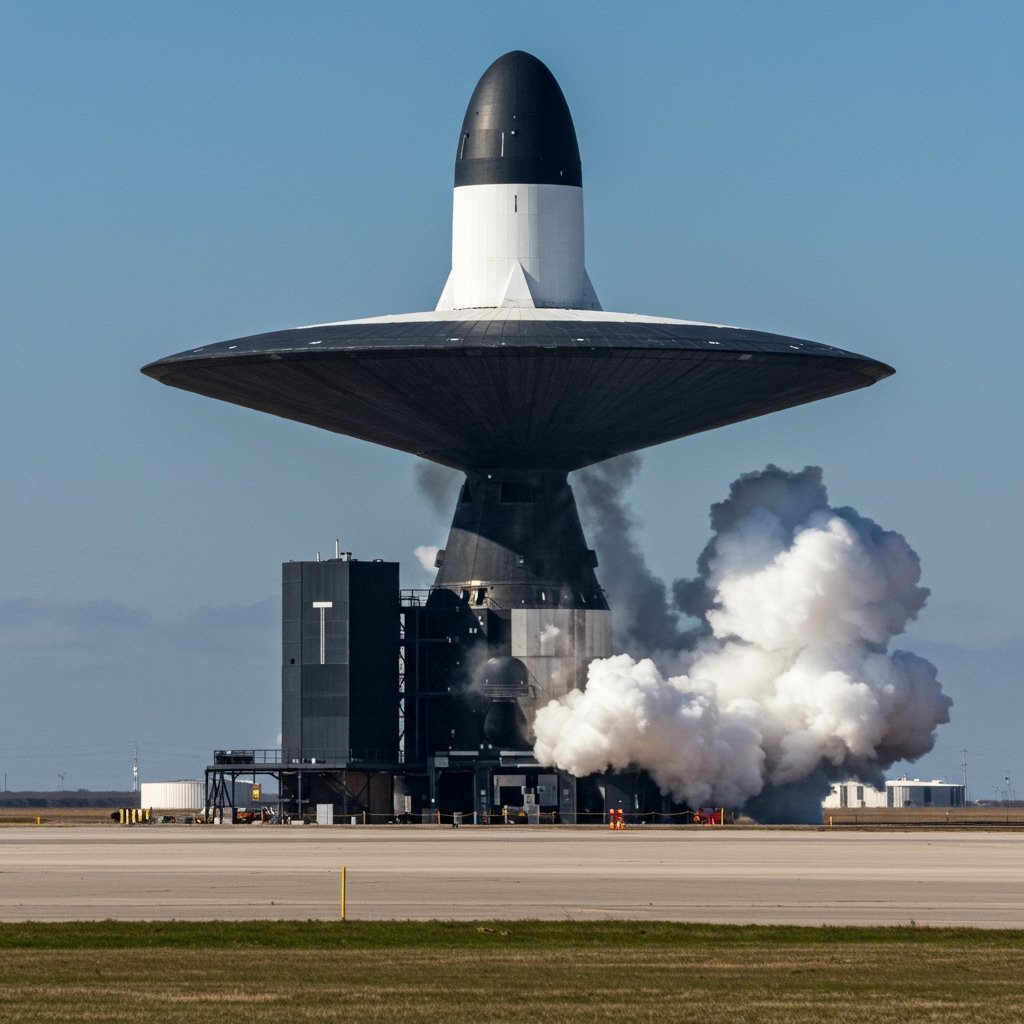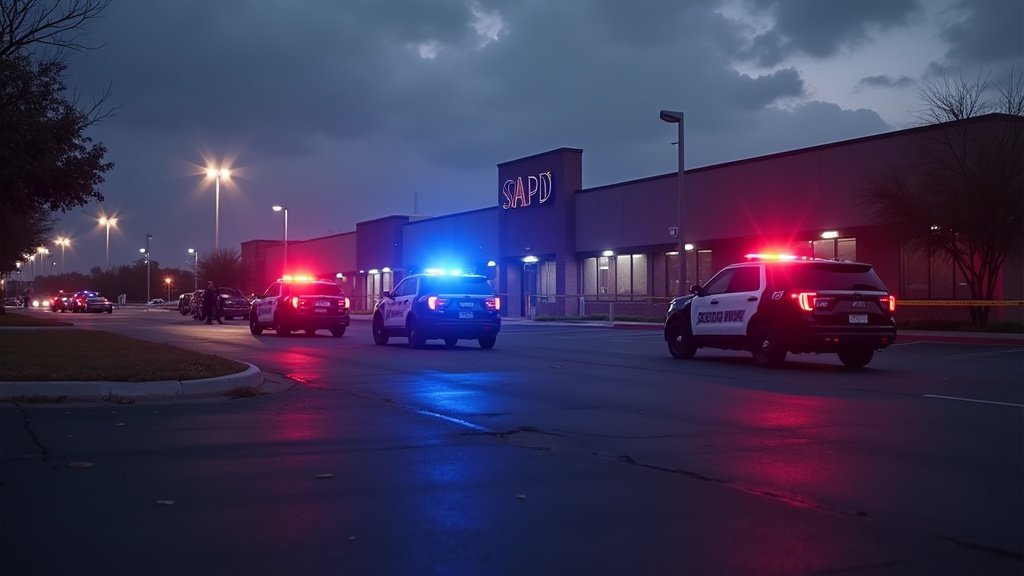Explosion Rocks SpaceX Starship Test Site
BOCA CHICA, Texas – A test of SpaceX’s towering Starship rocket system concluded with a significant anomaly and subsequent explosion late Wednesday, June 18th, casting a “massive fireball” across the sky near the company’s Starbase facility at the southern tip of Texas.
The incident occurred around 11 p.m. local time, which corresponds to 0400 GMT on Thursday, during a test sequence while the multi-stage vehicle was positioned on its test stand. SpaceX confirmed the event, stating the Starship “experienced a major anomaly” during preparations intended to lead to the system’s tenth overall flight test attempt.
Context of the Starship Program
SpaceX’s Starship is a fully reusable launch system under development with the ambitious goal of carrying both cargo and people to Earth orbit, the Moon, and eventually Mars. Conceived as the company’s most powerful launch vehicle, it represents a significant technological leap from its Falcon rocket lineage. The development process, centered heavily at the Starbase facility, involves rigorous testing of prototypes, including static fire tests of its Raptor engines and short-hop or orbital flight attempts. This iterative approach, while accelerating development, has also publicly displayed the challenges inherent in pushing the boundaries of rocket science, with previous tests often resulting in vehicle losses or significant damage.
Incident Details and Immediate Aftermath
The anomaly on Wednesday night rapidly escalated, culminating in the dramatic visual of a “massive fireball,” as described by SpaceX. Such events, while disruptive, are not entirely unprecedented in the high-stakes environment of prototype rocketry testing.
Crucially, local authorities, including law enforcement, and SpaceX officials swiftly confirmed that the extensive safety protocols in place functioned as intended. A predefined safety clear area around the testing complex had been established and maintained throughout the operation. Officials reported that no injuries occurred as a direct result of the explosion, and a thorough accounting confirmed all personnel at the facility were safe and accounted for following the incident.
SpaceX also moved to reassure the public in nearby communities, stating that there were no hazardous conditions posed by the anomaly to surrounding areas. The company indicated it is actively working with local officials in the aftermath to address any concerns and coordinate response efforts.
A Pattern in Prototype Testing
This latest event marks another entry in a series of explosions that have punctuated the testing regime for the Starship vehicle. Developing a launch system of this scale and complexity involves inherent risks, and setbacks are a recognized part of the process. While each anomaly provides critical data for engineers, the visible nature of these incidents underscores the challenges and risks involved in pushing the frontiers of space technology.
Previous tests have involved various stages of the Starship’s development, from early low-altitude hops of prototype upper stages to attempts at orbital flight with the full booster and upper stage combination. Each test aims to gather data on specific aspects of the vehicle’s performance, structural integrity, engine function, and operational procedures. Failures, while costly and time-consuming, are analyzed to inform design modifications and procedural changes for subsequent attempts.
Looking Ahead to the Tenth Flight Test
The anomaly occurred during the preparation phase for what was anticipated to be the tenth flight test of the Starship system. The specific impact of this incident on the timeline for that planned flight test was not immediately clear from the company’s initial statements. However, investigations into the cause of the “major anomaly” will be paramount before proceeding with further testing or flight attempts.
Understanding the root cause of the failure will involve analyzing telemetry data from the vehicle and the test stand, reviewing camera footage, and inspecting the remaining infrastructure at the site. SpaceX’s development model relies on rapid iteration and learning from failures, suggesting the team will quickly move to diagnose the issue and implement corrective actions.
Conclusion
The explosion of a SpaceX Starship prototype during testing at the Starbase facility in Texas on Wednesday night represents another challenge in the complex development of the next-generation launch system. While resulting in a dramatic visual and a significant setback for the specific test article, the rapid confirmation of no injuries and no hazards to nearby communities highlights the safety measures in place. As investigations commence, the focus for SpaceX will be on gathering data from the anomaly to inform future design and testing efforts, continuing the arduous path toward making Starship a reliable vehicle for deep space exploration and other ambitious missions.






